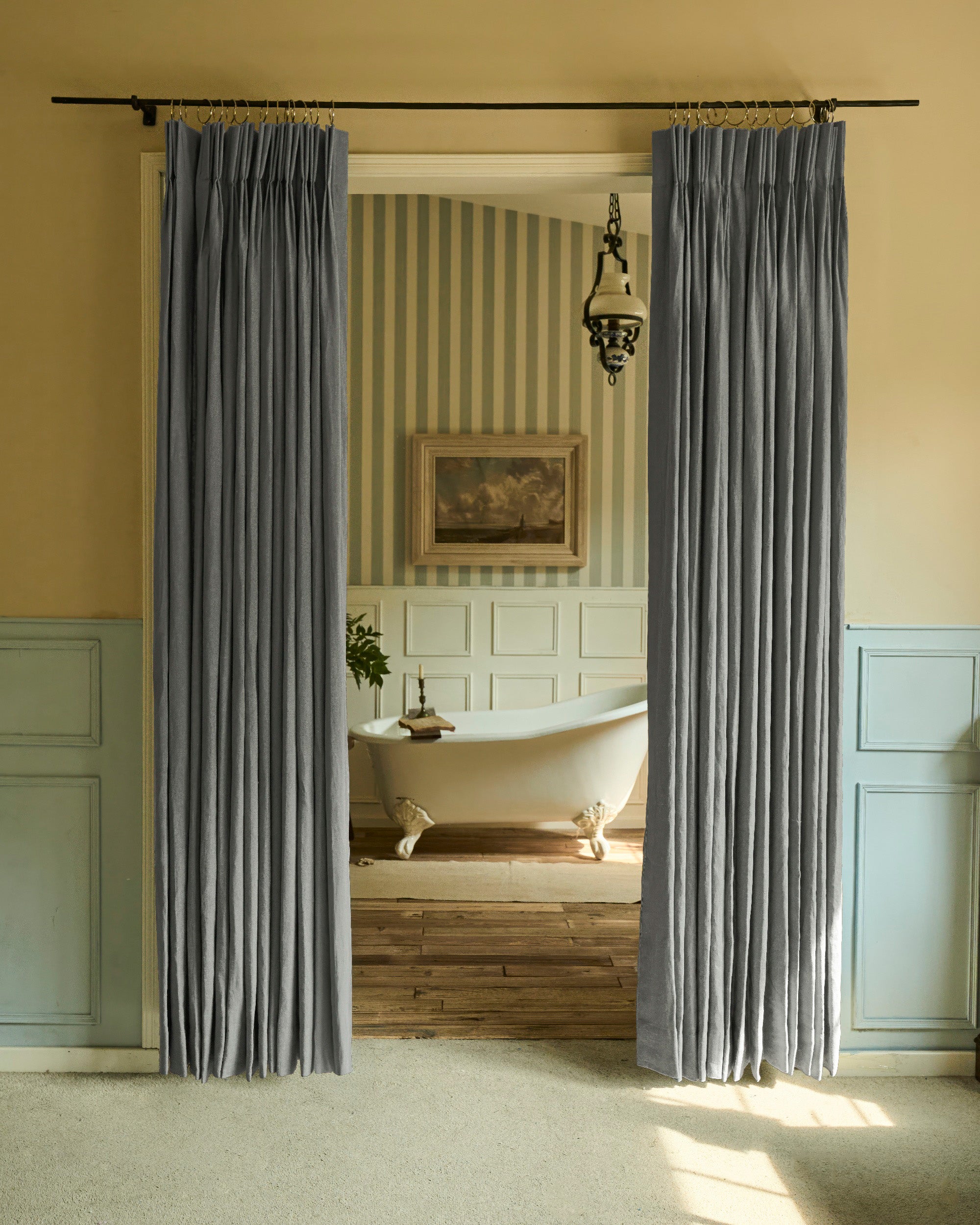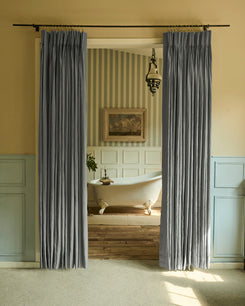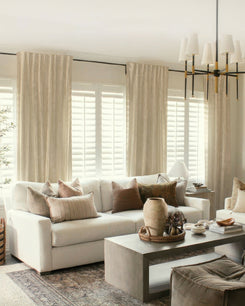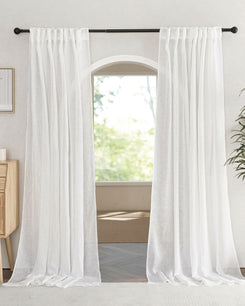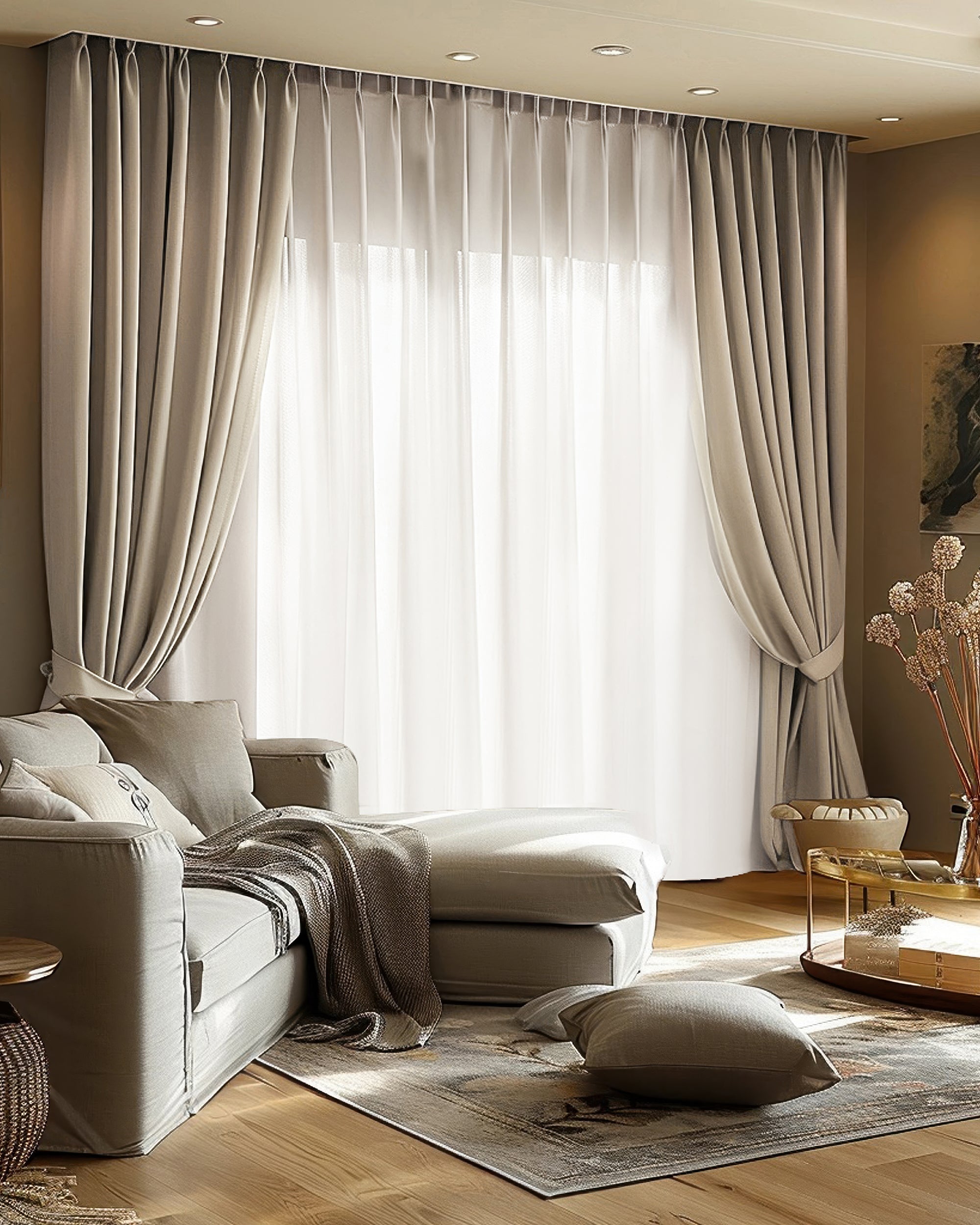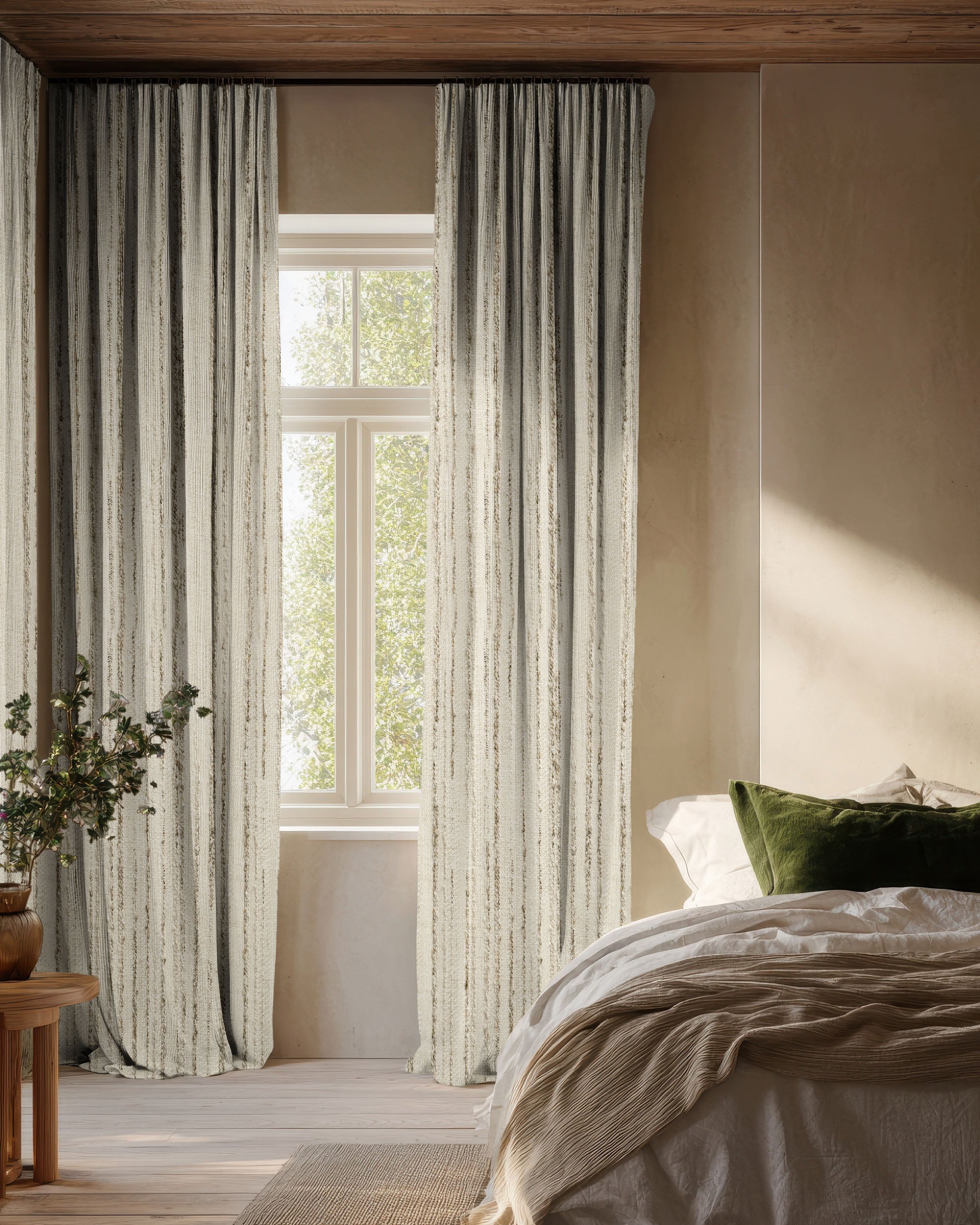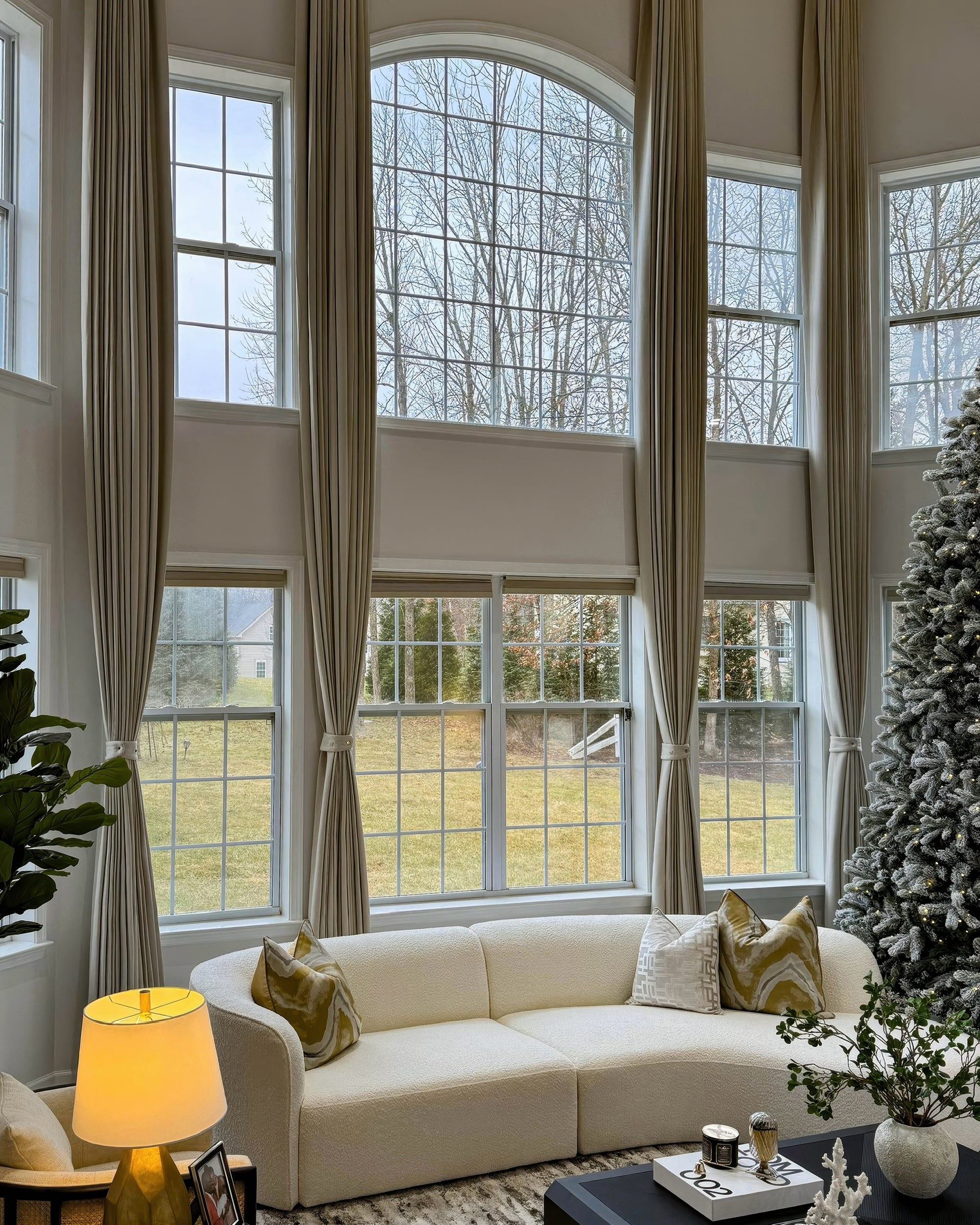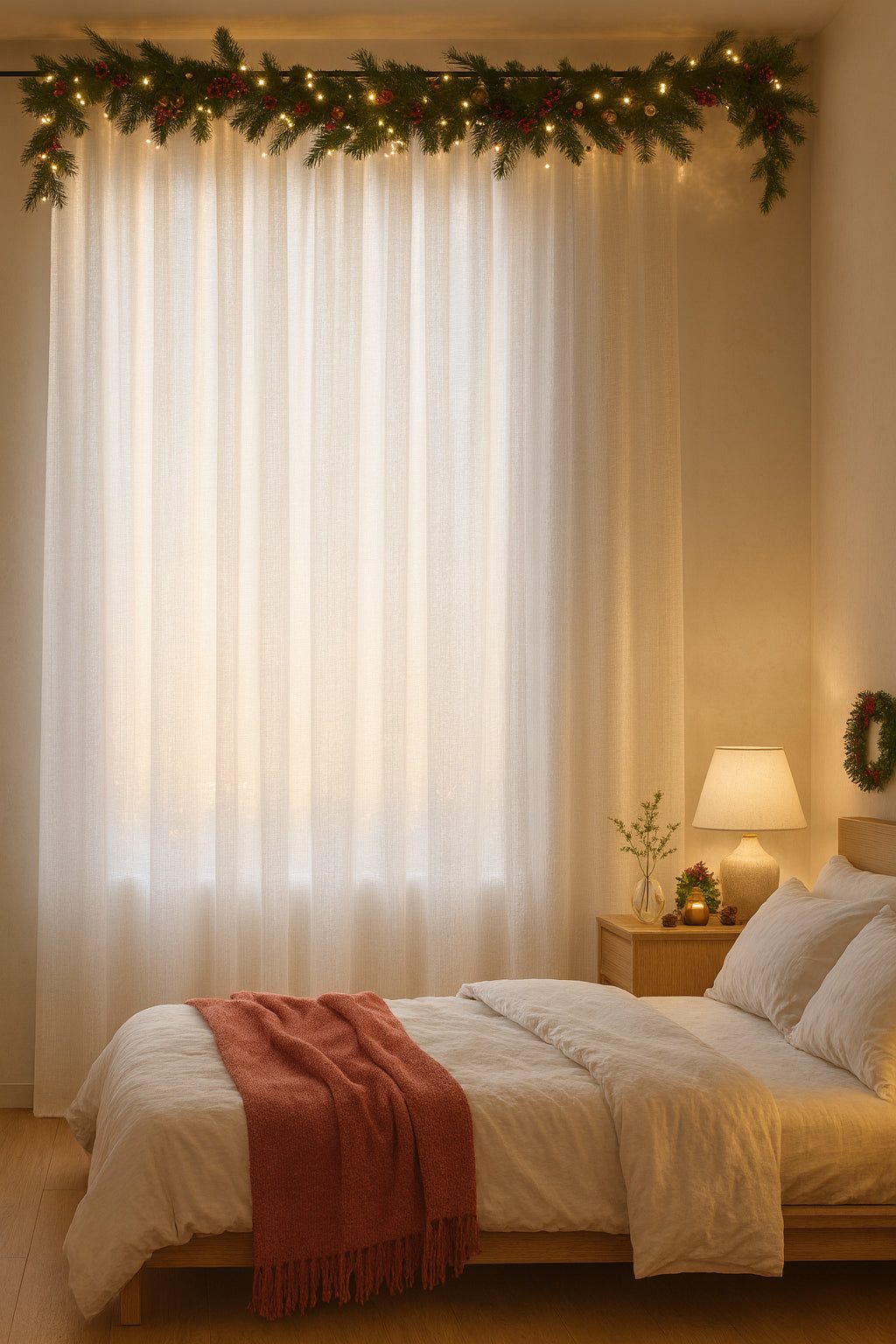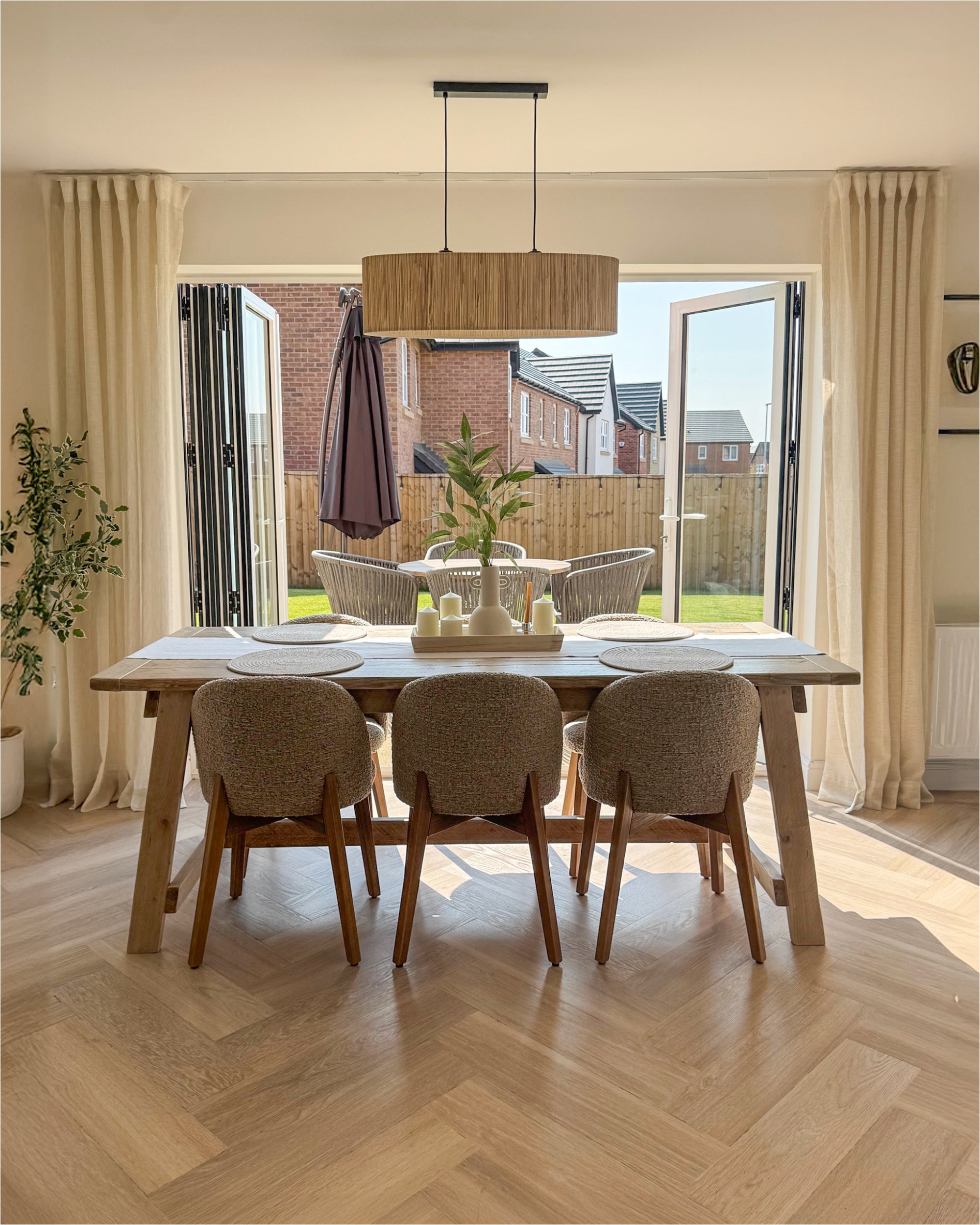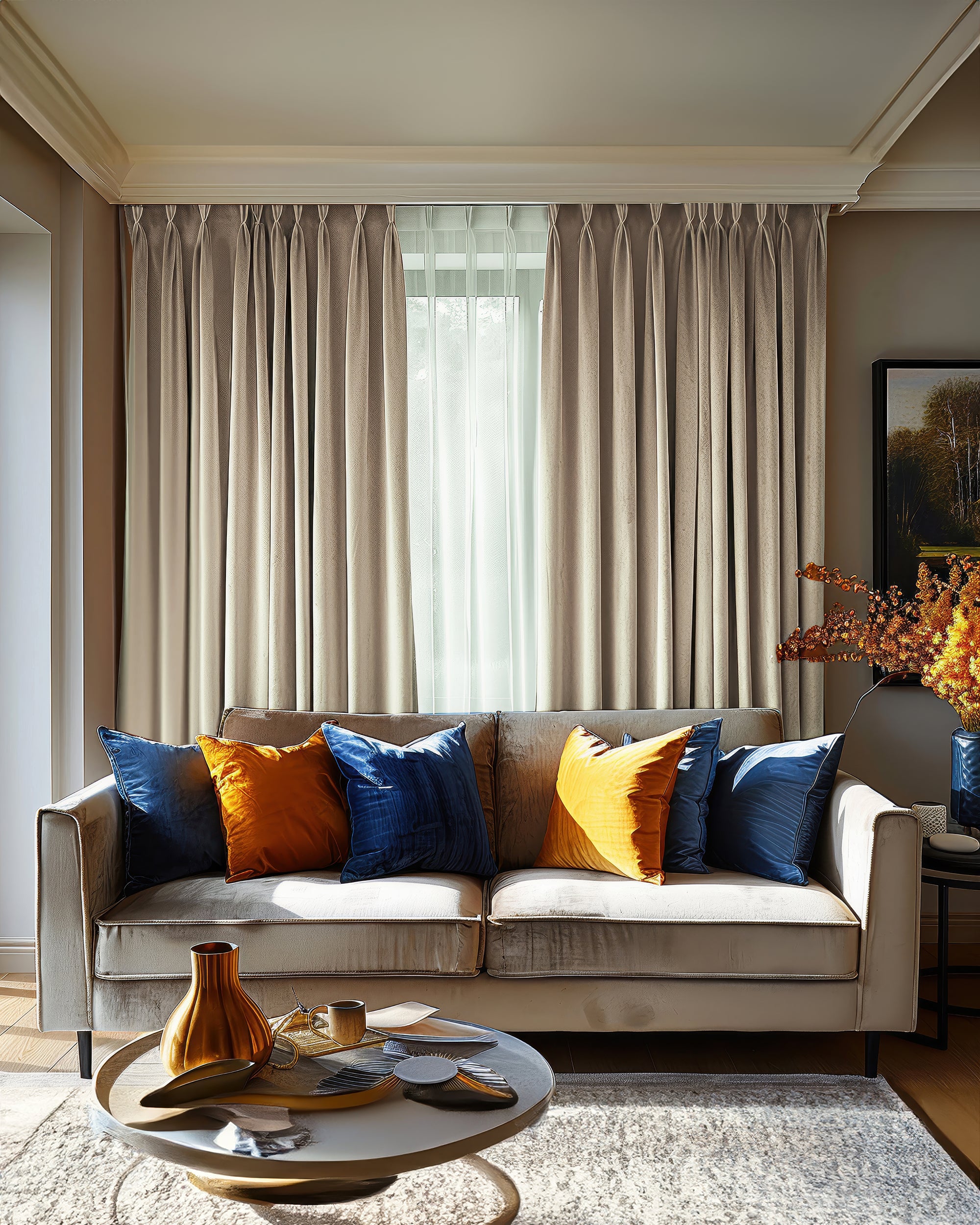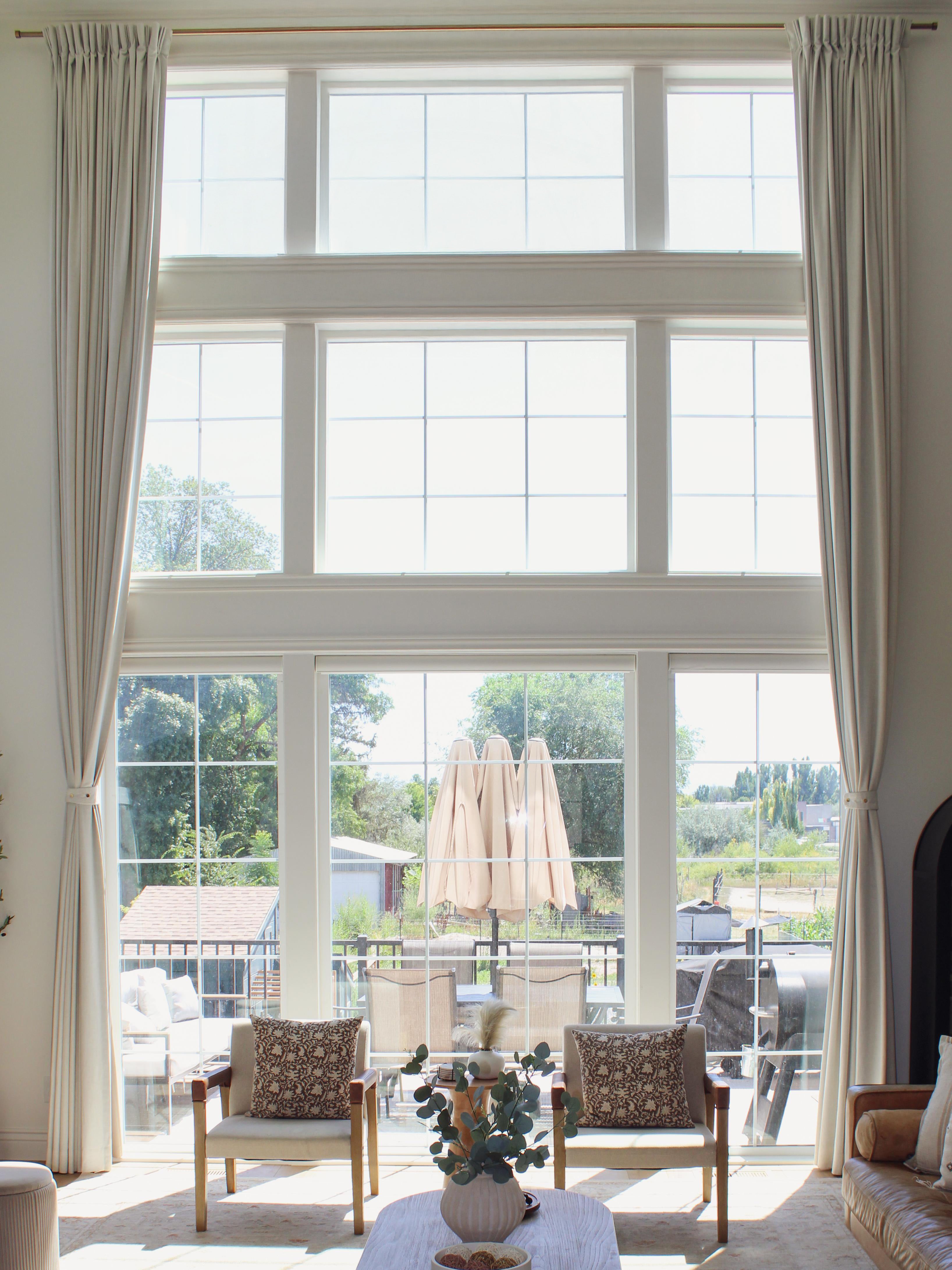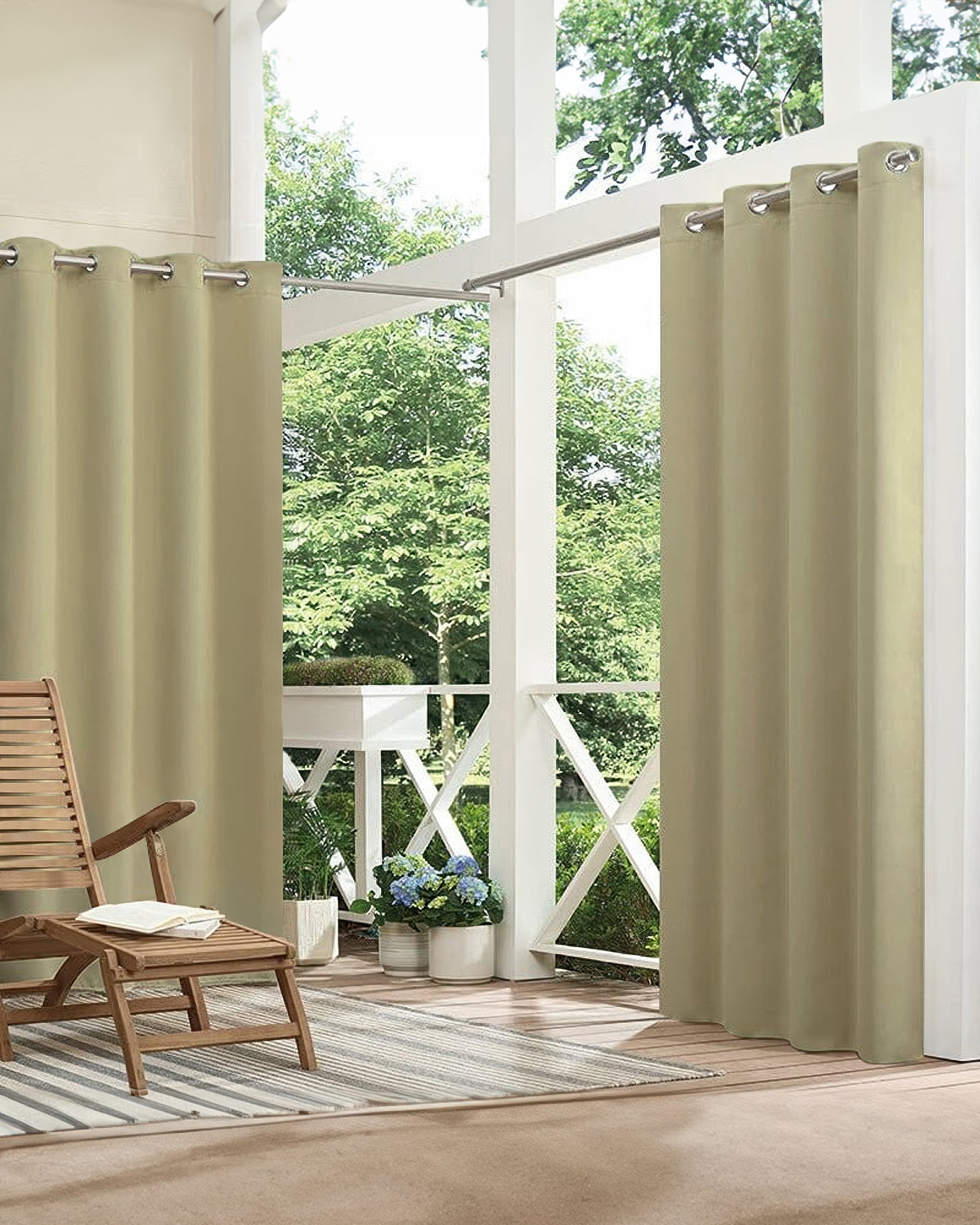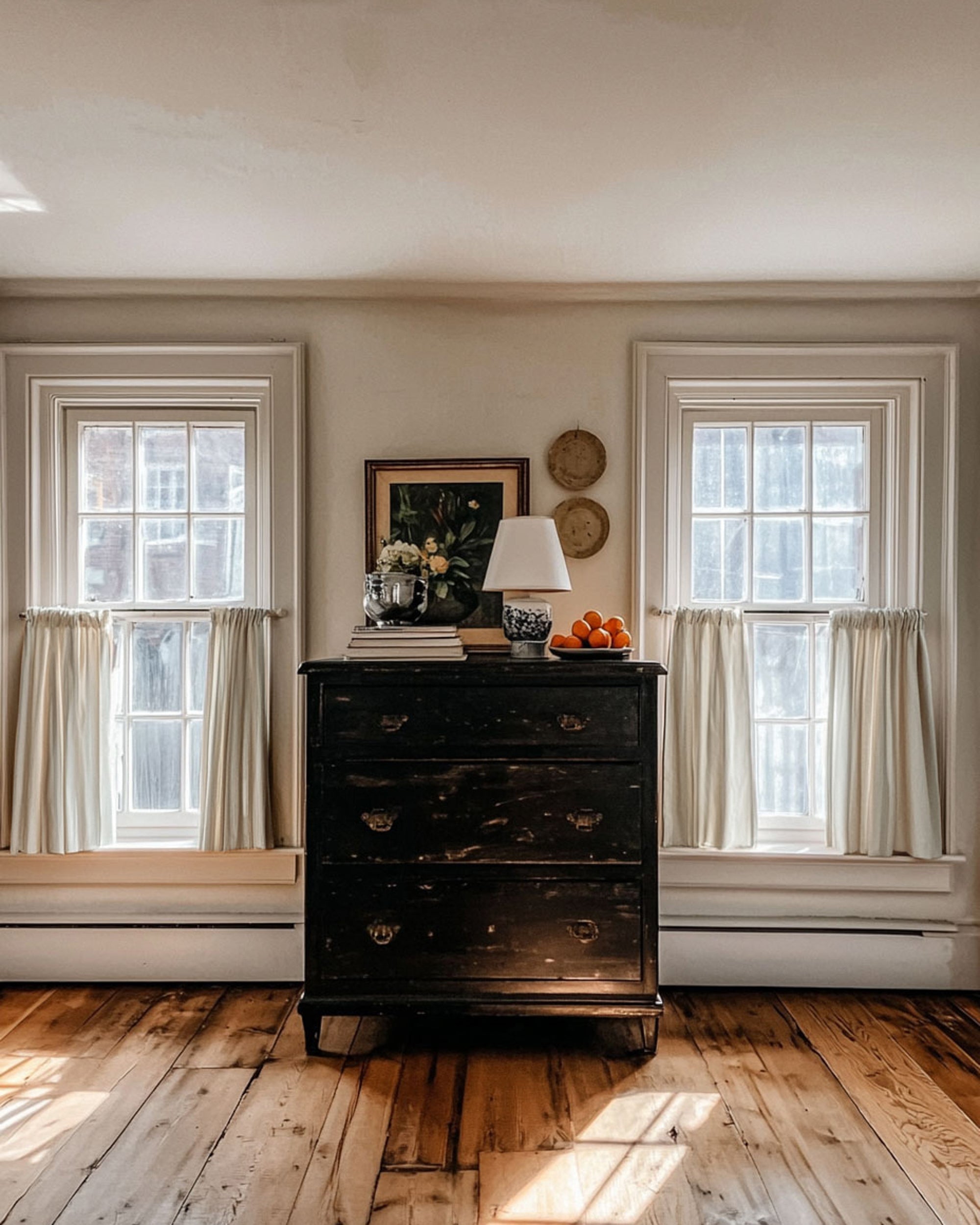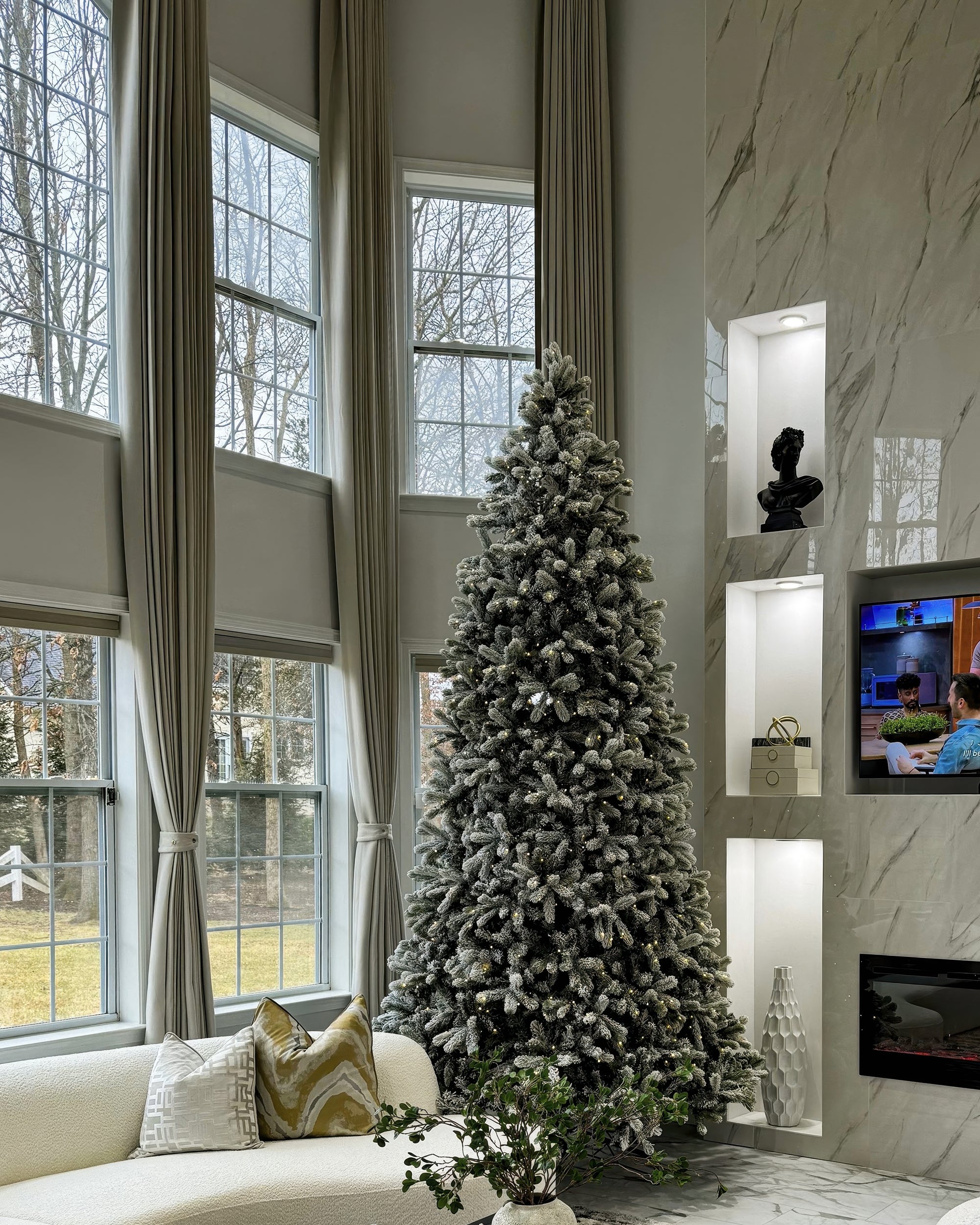Choosing between cotton and linen for window treatments may seem like a simple decision at first glance. But once factors like lighting, room function, and long-term maintenance come into play, the choice becomes more nuanced than expected.
Both fabrics are popular in modern interiors, but they perform differently in real-world use. Understanding their behavior in day-to-day life can help homeowners make smarter, more lasting design choices.
What Linen Offers That Cotton Doesn’t
Linen brings an organic, textured quality to interiors. It is lightweight but not fragile, and it allows sunlight to filter through in a soft, ambient way. That effect makes linen curtains for living room spaces especially appealing, as they help create a sense of airiness without losing all privacy.

Unlike cotton, linen doesn’t sit flat. It often has a natural crumple, which some people see as a flaw, but many homeowners prefer it. That relaxed appearance feels lived-in and casual, which works well in homes with natural wood, neutral palettes, or soft lighting.
In rooms where mood matters more than function—such as reading corners or sitting areas—linen curtains tend to add depth without overpowering the design.
Where Cotton Has the Advantage
Cotton brings a kind of visual clarity that linen doesn’t always provide. It hangs neatly, handles pattern and color well, and is often machine washable. That makes cotton curtains practical in spaces where spills, dust, or frequent updates are expected.
In kids’ bedrooms, kitchens, or high-traffic areas, cotton holds its shape and can be cleaned with ease. It also tends to cost less than linen, which is useful for large spaces requiring full coverage.
For more structured interiors—think traditional dining rooms or rental units that need consistency—cotton delivers simplicity without sacrificing function.

Light Control and Privacy: What to Expect
When it comes to filtering light, linen and cotton behave differently. Linen softens light without fully blocking it. That’s why many designers use linen curtains for living room windows, where sunlight isn’t just tolerated—it’s part of the atmosphere.
Cotton, by contrast, provides more uniform coverage. Depending on thickness, cotton curtains can block more light and create a sharper boundary between indoors and outdoors. That’s a benefit in bedrooms or media rooms where daylight needs to be managed more strictly.
In short, linen diffuses light. Cotton contains it.
Cleaning and Care in Real Homes
No fabric is completely low-maintenance, but cotton generally requires less effort. Most cotton curtains can go straight into the wash. Linen, on the other hand, may require gentle cycles, air drying, or steaming to avoid shrinkage and preserve its natural texture.
For households with pets or children, or where curtains might need frequent refreshing, cotton is usually the safer option. Linen tends to look best when allowed to crease and age gently, which doesn’t suit every household routine.
Still, for those willing to invest a little extra care, linen curtains often reward that attention with long-lasting visual charm.
Design Versatility and Texture
Cotton’s strength lies in its flexibility. It takes dye well, holds structure, and blends into various interior styles—from farmhouse to urban minimalism. But it rarely steals the spotlight.
Linen, by contrast, draws the eye with its irregular weave and tactile surface. In neutral-toned rooms or minimalist interiors, linen curtains offer just enough interest to keep the space from feeling flat. They're especially effective when the goal is to make the space feel lighter, more organic, or subtly refined.
In design-forward homes, linen has become a go-to for that exact reason.
Cost vs. Longevity
Cotton is generally less expensive to purchase and replace. For renters, seasonal decorators, or anyone working on a strict budget, cotton makes sense both short- and long-term.
Linen tends to come at a higher initial price. But when maintained properly, it can outlast cotton both in appearance and durability. Over time, linen curtains tend to soften and become more integrated into the home’s character, rather than fading or stretching.
If the budget allows and the space will remain unchanged for years, linen may be the better investment.

So, Which Should You Choose?
There’s no one-size-fits-all answer, but some guidelines help:
- Choose linen curtains if the room needs a soft glow, breathable material, and visual texture.
- Go with cotton curtains if the priority is easy maintenance, crisp structure, and everyday use.
- Use linen curtains for living room spaces where natural light and relaxed style are important.
- Choose cotton for bedrooms, kitchens, or anywhere cleaning and privacy are higher priorities.
The right choice often depends on more than just style. It’s about how the room is used, how it feels in real time, and how much upkeep is realistic in your lifestyle.



